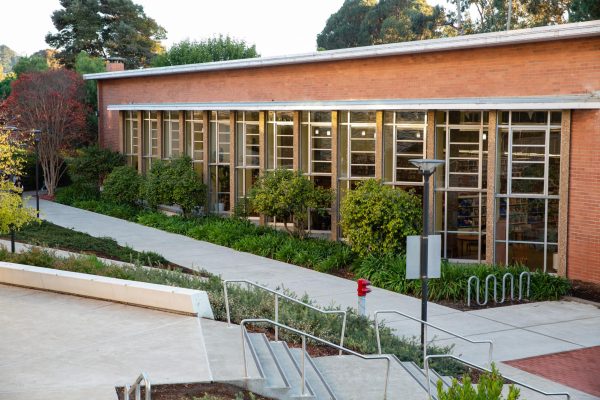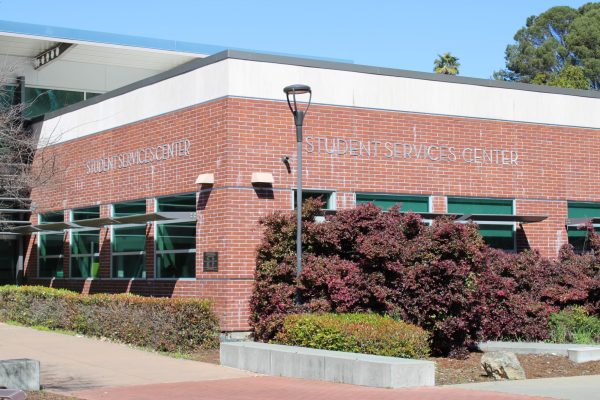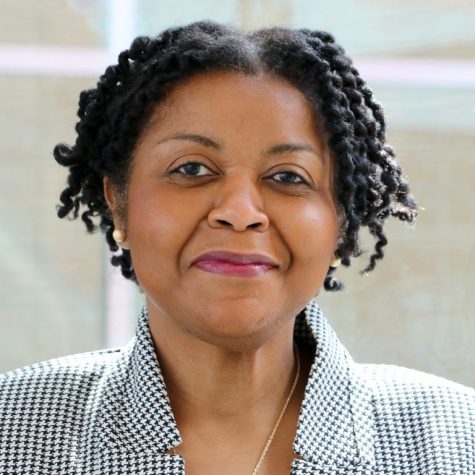Despite steady trend, some expect ‘imminent’ rebound
FTES drops 2 percent, classes with low enrollment could see ‘trimming’
February 3, 2016
Headcount is up, but enrollment is down, and the college is hurting.
To oversimplify, a Full-Time Equivalent Student represents 15 semester units that students have enrolled in. The amount of FTES directly affects the funding a college receives from the state.
Dean of Enrollment Dennis Franco said as of Feb. 1, “We’re about two and a half percent lower than this time last year —10 days into the semester.”
Liberal Arts Division Dean Jason Berner said, “It’s lower than we’d like it to be (and) it’s been low for a few years now.”
Franco said, “We’re up roughly 4 percent in actual number of students.”
But those students are taking fewer units of classes.
Catherine Frost, the director of Admissions and Records said, “We’re slightly down (in FTES) but there’s still another week to register. If each student would take just one more class that would make a huge difference.”
Senior Dean of Instruction Donna Floyd said, “I would certainly like to see enrollment increase. We have a lot of late start classes.”
“I don’t know if I’d use the term dire,” Berner said. “It’s serious though. We need to do some trimming.”
Floyd said, “This semester we’re really looking at low enrolled classes that could be combined (or eliminated). But a low enrolled class could be the only class that’s in a certificate (of accomplishment.)”
The need to provide somewhat specialized classes makes some possible cost saving measures very counterproductive. Removing certain classes could push students to enroll at other colleges and continue the bleed at CCC.
“There may be limits on courses offered to encourage classes to fill to capacity,” Floyd said.
The 2.6 percent drop, though unpromising, is not set in stone. Students are still adding and dropping classes, and the late start classes complicate it further.
Berner said, “Until a week before classes started all three colleges were way up (in enrollment). I think we were up 17 percent then down by 4 percent, then up again.”
Floyd said, “(Those earlier figures are) comparing apples with oranges. We started last spring one week sooner.”
So the numbers might be slightly wobblier than usual.
Ignoring FTES, between half the campus being torn down and funding cuts, Contra Costa College has shrunk each year from a peak head count of more than 9,000 in spring 2009 to a low of under 6,500 last spring. Some limited effort is being made to drum up enrollment.
Franco said, “We have student success support programs at local high schools (and) people working to boost awareness of online enrollment.”
This mostly means CCC courses are being outsourced to local high schools, and classes are being taught that count for credit at CCC.
Floyd said, “We’re looking to continue partnerships with the high schools. Outreach and recruitment is a big help.”
Franco said there are a variety of factors that could be blamed for reduced FTES — from the better economy giving more people jobs, to the perception of the college as a construction zone.
Floyd said, “Construction probably has an impact on enrollment. Classes are not all full to the max. We would have to survey folks to see.
“After construction is completed there could be a boost in enrollment. There was at the other two colleges (after their recent construction work.)”
Berner said, “Anytime a college gets new facilities it gets more students. We won’t be so constrained in terms of classroom space and (the college will) certainly be more attractive.
“My feeling is I am personally guardedly optimistic.” He said, “We’re about where we were last year. I do believe a rebound is imminent.”












